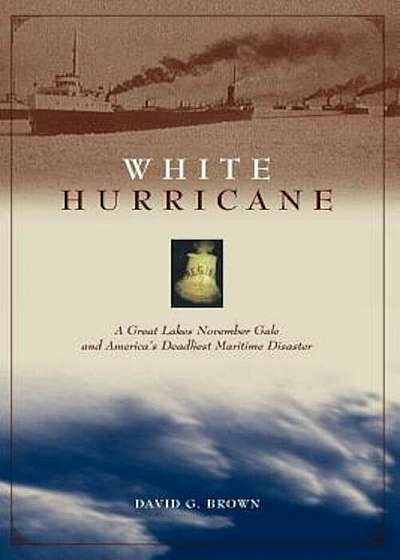
White Hurricane, Paperback
Descriere
In early November 1913, not quite 19 months after the loss of the Titanic in midatlantic, an autumn gale descended on the Great Lakes. Gales of November - like the one that sank the Edmund Fitzgerald in the 1970s - are a fact of life for Great Lakes mariners, but this one was anything but ordinary. Meteorologists now believe that a blast of cold polar air met a warm, moist air mass entrained in a low-pressure cell moving up from the Gulf of Mexico through the U. S. heartland, and the result was a violent weather bomb and the worst recorded storm in Great Lakes history. The storm lasted four days, with sustained winds as high as 75 miles per hour, freezing temperatures, white-out blizzard conditions, and mountainous seas. U. S. Weather Bureau) issued storm warnings on Friday morning, November 7, the warnings contained no hint of anything more than 50-mile-per-hour winds for Friday and Saturday. Most ships were making their final trips of the season; their captains knew that as autumn turned to winter the weather would only get worse, and then the lakes would freeze. Across the Great Lakes, hundreds of ships left port that weekend, heading directly into the jaws of what became a survival storm. On the ocean, with sea room, a well-found ship can often survive by running off before a storm until it blows out. On the Great Lakes there is never sufficient sea room. In the driving snow, ship masters could only guess where the treacherous shores lay. Ships iced up and became topheavy; some turned turtle. By Monday evening 19 ships had sunk, another two dozen were driven ashore, and at least 238 sailors had lost their lives. second-story eaves, and facing shortages of milk, bread, and meat, was confronting the worst natural disaster in its history. White Hurricane recreates the four-day storm with narrative intensity and factual depth. To make sense of this big, sprawling, multifaceted story, author David Brown develops it chronologically and focuses on the most exciting human






